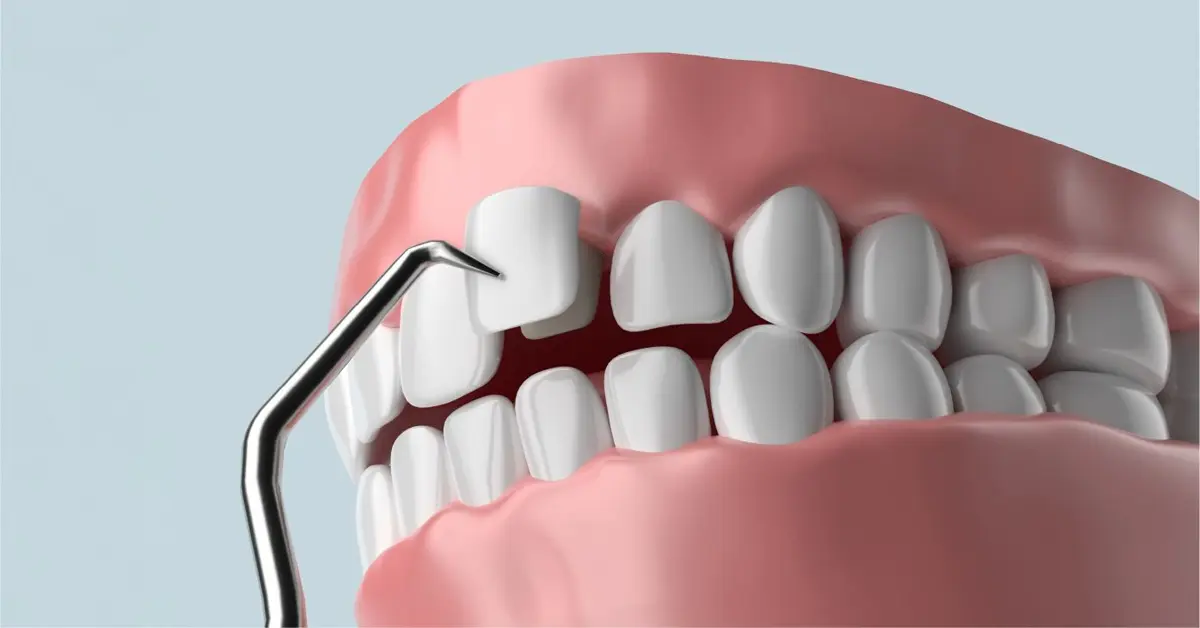Table of Contents
ToggleThis article will clarify how long veneers last. We will explain the realistic timeframe. We will break down the 7 main factors that extend their lifespan. We will demonstrate the impact of material selection and laboratory quality. We will explain why clinical preparation and bonding protocol are critical. We will provide practical steps for daily care and habit management.
You will learn to recognize early warning signs and distinguish when repair is needed versus when replacement is necessary. In short, we will provide a practical framework to increase control over veneer lifespan. The goal is to preserve aesthetics and function for the long term. The information is intended for informational purposes only and does not replace clinical judgment.
Veneer Lifespan: Realistic Duration
The lifespan of veneers is typically 10–15 years for most patients. With proper care and appropriate bite alignment, this duration can exceed 15 years. Porcelain laminates have a longer lifespan. Composite veneers generally last 5–7 years. The outcome depends on the material, the dentist’s technique, and daily habits. Acidic drinks, bruxism, and poor brushing shorten the lifespan. Night guards and regular check-ups extend the lifespan. Adjustments during the first year are critical. Minor contact adjustments reduce the risk of cracks. Discoloration and edge leakage can be resolved with polishing if detected early. The lifespan of veneers becomes predictable with planned follow-up. Expectations should be adjusted according to personal risk and care plan.
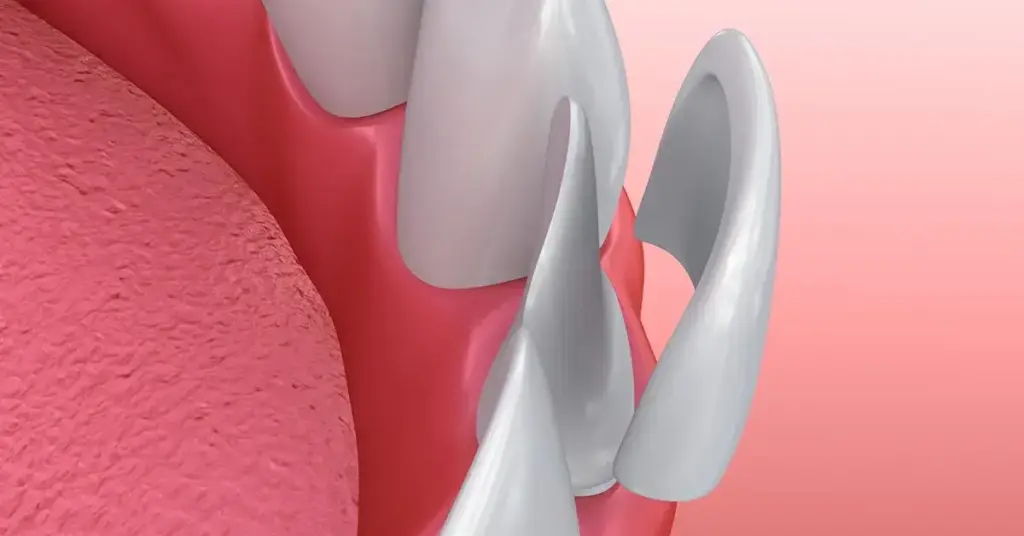
- Porcelain (E-max, zirconia-based porcelain): generally 10–15+ years
- Composite: generally 5–7 years
- Presence of bruxism: significantly shortens the lifespan
Veneer lifespan: 7 factors that extend it
The life of a veneer does not depend on a single variable. It is as strong as a chain. Each link in the chain is a separate factor. Material quality, laboratory precision, and dental technique are the cornerstones. Protective measures such as occlusal balance and night guards regulate load distribution. Daily care controls plaque and acid. Diet and bad habits affect the risk of breakage and staining. Regular check-ups catch problems before they become serious. When these seven factors are managed together, veneer life is significantly increased. The plan must be personalized. Because everyone’s bite force, saliva flow, and habits are different.
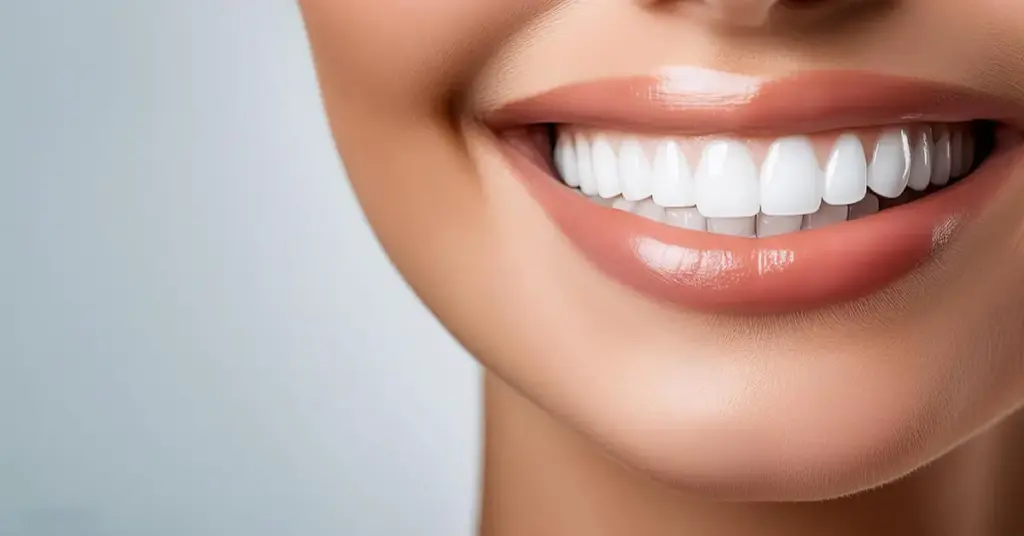
- Material and production quality
- The dentist’s preparation and bonding protocol
- Occlusion/bite balance and load distribution
- Oral hygiene routine
- Protective night guard and bruxism management
- Nutrition and habits
- Regular check-up and maintenance protocol
Material selection: Composite or porcelain?
The material is decisive for the life of the veneer. Composites can be repaired in a single session. However, they are more susceptible to wear and discoloration. Porcelain laminates appear brighter and more stable. Edge fit and brightness are maintained for years. E-max press ceramics are frequently preferred in the aesthetic area. Zirconia substructure provides support in cases where high strength is required. The laboratory process is also critical. CAD/CAM precision, firing, and glaze quality affect the result. Correct thickness and edge design reduce the risk of breakage. The goal is to strike a balance between aesthetics, durability, and preserving tooth structure.
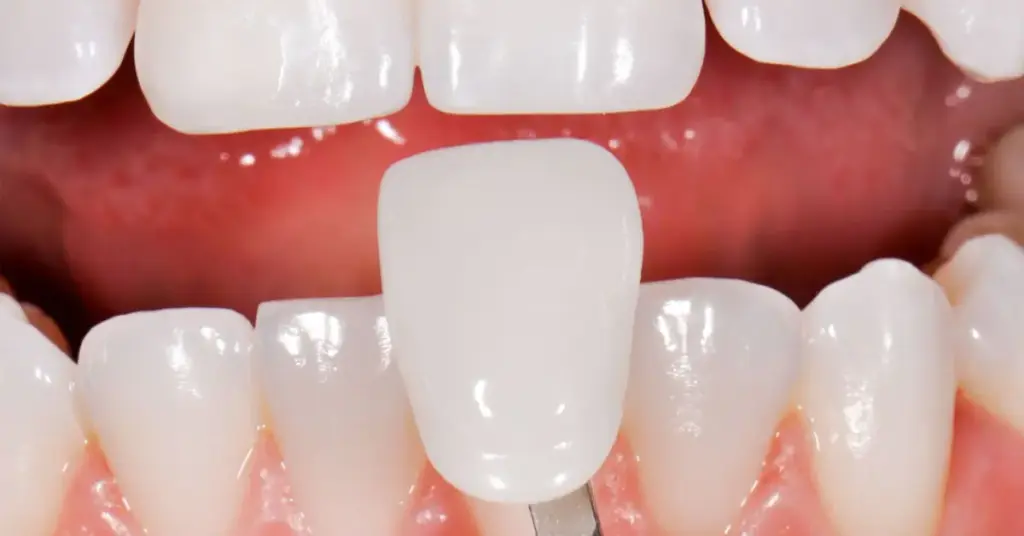
- Composite: fast, economical, requires more frequent polishing
- Porcelain/E-max: aesthetically stable, more durable
- Zirconia hybrids: support under high load, correct indication required
Clinical protocol: Why are preparation and bonding critical?
The dentist’s application steps are decisive for the life of the veneer. Isolation, moisture control, and the correct choice of adhesive increase bond strength. Ceramic surface treatments must be performed in the correct order. Acid etching and silane are used for porcelain, while sandblasting and a suitable primer are used for zirconia. Minimal tooth preparation is preferred. Enamel-dominant bonding provides long-term stability. If the edge design is smooth, the plaque-retaining area is reduced. Occlusal contacts are adjusted in a controlled manner. Early high contact is the main cause of fractures. The first month after delivery is ideal for micro-adjustments. This approach acts as insurance for the life of the veneer.

- Absolute isolation (rubber dam preferred)
- Proper surface preparation and adhesive selection
- Bite adjustment and polishing after delivery
Daily care and habit management
Home care is the most consistent factor affecting veneer lifespan. A soft brush and low-abrasive toothpaste should be preferred. Dental floss and interdental brushes maintain edge health. Alcohol-free mouthwashes are gentler on enamel and cement. If bruxism is present, a night guard should be worn regularly. Hard objects such as ice, nuts, pens, and nails should not be bitten. Acidic and sugary drinks should be limited. Rinsing your mouth with water after coffee and tea reduces staining. Athletes should use mouth guards. A small chip can lead to a large repair bill. Regular maintenance reduces costs.
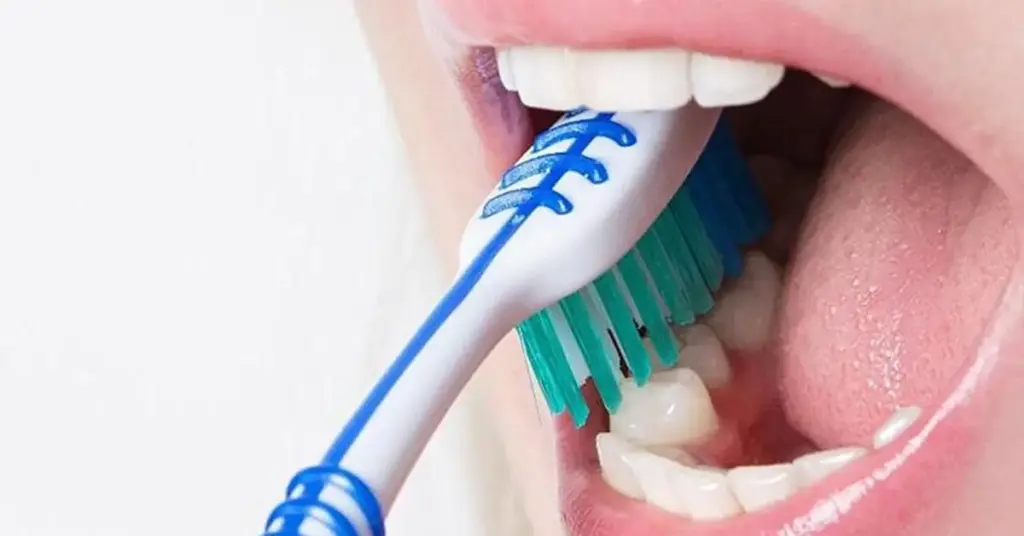
Things to do
- Brush morning and evening, floss/interdental brush daily
- Use night guard every night
- Professional cleaning and polishing every 6 months
Things to avoid
- Biting hard objects, clenching teeth
- Abrasive whitening powders
- Constant consumption of acidic drinks
When to intervene? Repair or replacement?
Recognizing early warning signs is critical for veneer longevity. Dulling, slight edge staining, and micro-chips can usually be fixed with polishing. Sudden sensitivity when biting, clicking sounds, or a feeling of movement at the edge should be taken seriously. Localized cracks can be masked with composite repair. Wide cracks and loss of adhesion require replacement. Postponing an appointment increases the damage. Clinical control clarifies the cause-and-effect relationship. If necessary, the occlusion is rebalanced. This approach reduces the cost of planned maintenance. The life of veneers is extended by solving minor problems early. The goal is to preserve aesthetics and function for a long time.
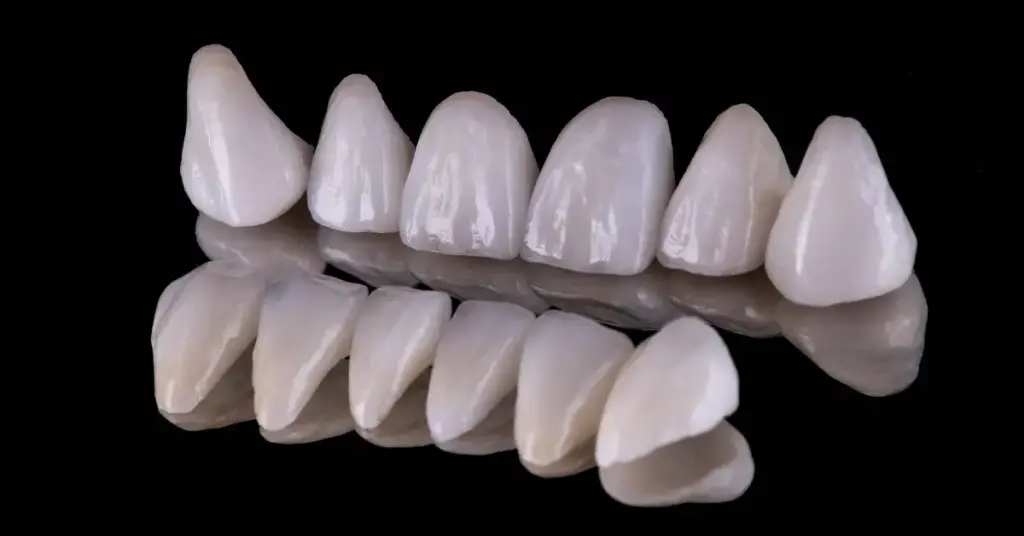
Signs requiring immediate appointment
- Sudden sensitivity or pain
- Visible cracks or breakage
- Discoloration at the edge with odor/inflammation
- Excessive wear marks on the night guard
You can check out our social media or smile gallery to see the perfect results.
Veneer Lifespan: Frequently Asked Questions
How long do porcelain veneers last?
Generally 10–15 years, but with good care and proper bite balance, it can last up to 15–20 years.
How long do composite veneers last?
It lasts an average of 5–7 years; it is possible to extend the duration with polishing and minor touch-ups.
What factors most affect lifespan?
Teeth grinding (bruxism), poor oral hygiene, the habit of biting into hard foods, acidic beverages, nail biting, and incorrect brushing technique.
When should veneers be replaced?
If there is edge leakage/rot, debonding, cracks or breaks, significant color mismatch, or deformation, replacement becomes necessary.
What should I do to extend the life of my veneers?
Night guard (if you have bruxism), regular dental check-ups and professional cleaning, soft brush + gentle brushing, flossing/water jet use, avoiding biting hard foods with your front teeth, and limiting acidic/sugary consumption.

